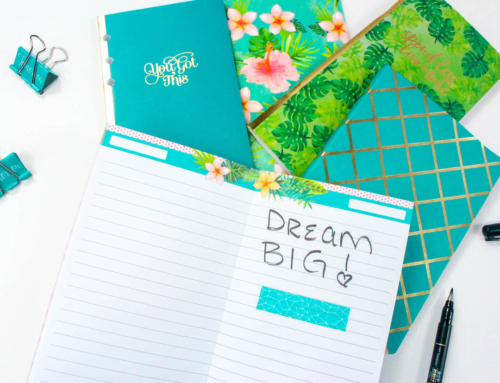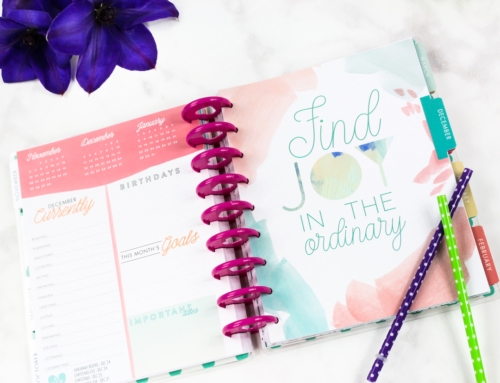No matter how long you have been blogging, there always comes a time when you need to sit back and conduct a blog critique on your site. You want to make sure everything is is the right place so that your readers can find what they are looking for. Whether it be your social media links, your contact information, most popular posts, or the perfect spot for your ads. Here are some ways to conduct a blog critique on your site today.
 I think one of the most important parts of conducting a DIY Blog Critique is to know your audience. I can give you all the tips in the world, but what works for my audience might not work for yours, so keep that in mind throughout the process. If you’re not sure who your audience is, or want to learn more about them, there are many ways to do that – the easiest of which would be using Google Analytics to determine their ages, location, and more.
I think one of the most important parts of conducting a DIY Blog Critique is to know your audience. I can give you all the tips in the world, but what works for my audience might not work for yours, so keep that in mind throughout the process. If you’re not sure who your audience is, or want to learn more about them, there are many ways to do that – the easiest of which would be using Google Analytics to determine their ages, location, and more.
You could also conduct a quick survey, but without an incentive, many readers won’t participate. One last way to discover who your audience is would be to pay attention. When you share things on social media, what gets the most interaction? Do you get at least 20 hearts on an Instagram post about your dogs, but only 3 when you post a recipe? Do you get 100 shares on Facebook when you share a story about your family, but hear crickets when you share blog tips? It’s easier than you’d think to discover who your audience is if you listen to them (even indirectly).
Beyond knowing your audience, you also need to know your voice and what your blog is about. Determine your “why” – why did you create a blog? Why do you spend so much time and energy on it? What’s your end goal, what do you hope to accomplish with your blog? For most people, their blog starts out as more of a personal journal type thing rather than a business. If your blog is a business now, or if you want to make it one, you’ll need clearly defined goals moving forward.
Branding
Branding is critical to recognition in any marketing situation, but especially so in blogging. There are so many blogs that your readers have to wade through, what’s going to make yours stand out? How will they remember you? Usually, bloggers have a logo and incorporate it into their header and all social media profiles.
Sometimes, they’ll use a picture of themselves, but that comes with risks. If you cut your hair, dye it, or lose 50 pounds, will you still look the same? Probably not. So then you’d need to change your picture. Again and again.
Brand recognition is, for the most part, dependant on how memorable you are. If you change your logo several times over the course of a few years, that’s obviously not the best choice from a visual branding standpoint.
Take action: Brand yourself! Check all of your social media platforms. Do they represent your brand? If not, time to get to work…
Design and White Space
I love color, but when it comes to blog design, sometimes less is more. You don’t want it to look like a rainbow threw up on your blog, right? Right. So, pick a few colors and stick with them. Incorporate them throughout your blog and your social media.
White space is a subject that most everyone agrees on. We know it’s needed, but how much white space is the “perfect” amount is something that varies website to website, and is mainly based on personal preference. This goes back to knowing your audience and knowing what your blog is about.
If your goal is to connect with your readers on a personal level and become a trusted friend, you might want to tone it down a bit using earth tones and lighter accent colors. If you want to convey how creative you are, you might want to use wilder, brighter colors. Always go back to your “why” and choosing your design will be so much simpler.
Take Action: Look at the main page of your blog. Do your colors and design match your goals? If not, change them up.
Fonts and Images
Fonts say as much about your blog as the rest of your design does. Are you fun and quirky? Perhaps you’ll use more whimsical fonts. Are you all business, wanting to be seen as a leading authority in your industry? Maybe block fonts are a better choice.
A picture is worth a thousand words. Small or fuzzy images and graphics are the fastest way to be seen as an amateur. You want people to realize that you know what you’re doing, so that means you’ve gotta put your best foot forward! Even if you don’t have a DSLR, you can take great pictures with your smartphone, so put it to work!
Take Action: Choose 2-3 fonts to use throughout your entire site, including overlays on images. Work through your top 10 most visited posts, updating images.
Social and Search
I don’t like to dig to find social media buttons on a website. If I love your blog, I want it to be an easy click over to your social media so I can follow you on Facebook, Twitter, Instagram, Pinterest, and yes, even YouTube.
Playing “Where’s Waldo?” for social media buttons is not something many people will do. Also, from a PR standpoint, you want to make sure PR reps can locate your social media as soon as they land on your blog. Why? They want to see your numbers and interaction. This is the fastest way for them to do just that.
Bonus tip, from a PR standpoint: you want to make sure your email is easily accessible! I recommend putting it in your sidebar and on your “About” page.
Keeping with the theme of making everything readily available for your readers, make sure your search bar is easy to find as well.
Take Action: Make sure your search bar is located towards the top of your blog and is functioning, by doing a few test searches. Click on all of your social media buttons, and make sure they open in a new tab or window so readers aren’t leaving your site when connecting with you on social media.
Sidebars
If you’ve read my post on Blog CPR, you know that sidebars are your most valuable real estate. Unless it makes me money, makes me happy, or is going to help increase my pageviews, it’s not going in my sidebar. Period.
Badges: Unless it’s required for a high-paying campaign, I don’t put badges in my sidebar. They can go in your footer, or on a separate page, but taking up valuable space on your sidebar? No cigar.
Ads: Analyze how much money each ad on your sidebar is making you each month. Unless it’s bringing in enough to make it worth having ads instead of your popular posts, ditch them.
Posts: To help lower your bounce rate, put mini images of your popular posts in your sidebar.
Take Action: Do a massive overhaul on your sidebar, using the tips above.




